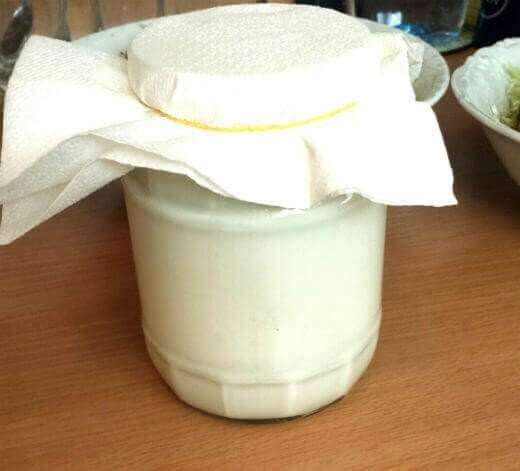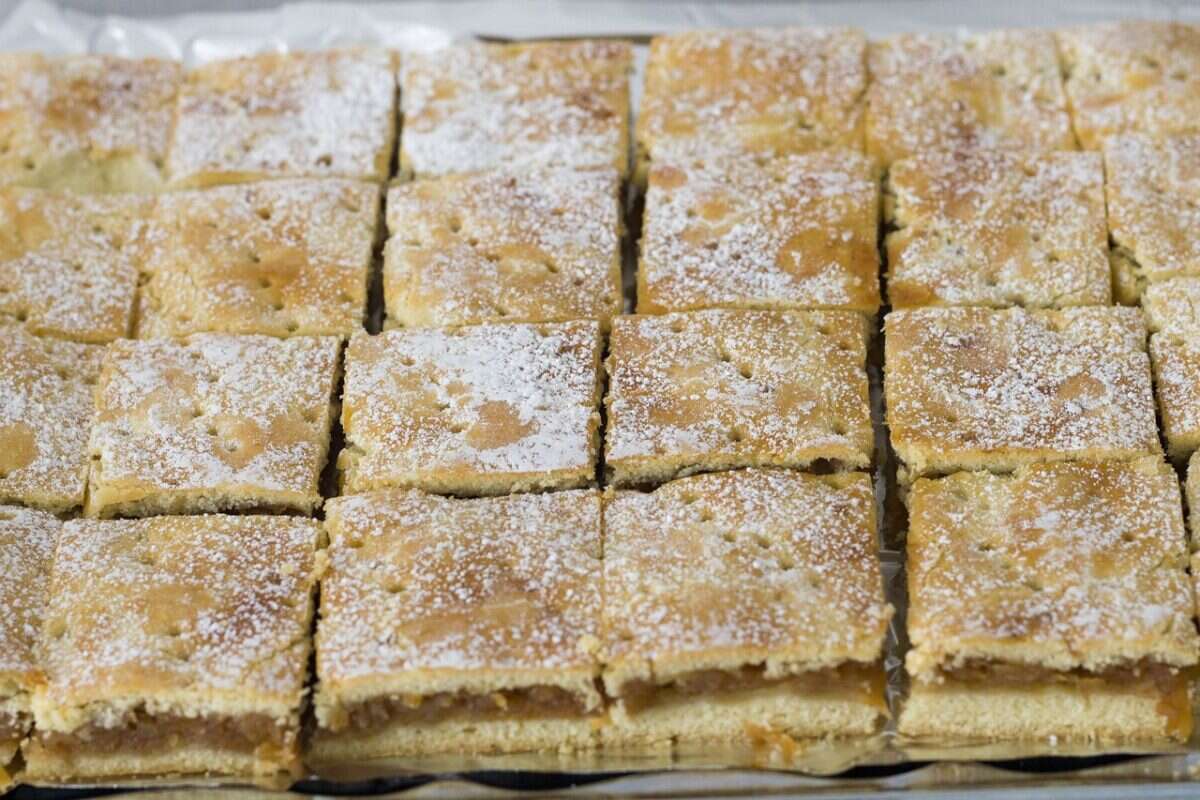Kefir mushroom is one of the names for kefir grains (the names are also known: Tibetan mushroom, kefir mushroom). Kefir grains are, in fact, a symbiosis of microorganisms, which is composed of a group of gelatinous lumps, which strongly resemble the "flowers" of cauliflower.
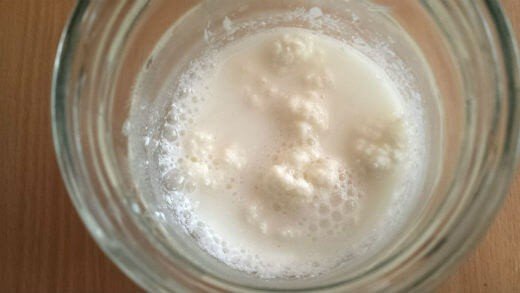
Gelatinous lumps, or kefir fungus, kefir grains - create a fermented beverage, which we call kefir, by eating milk sugar (glucose and galactose). To this day, there is no scientific answer as to how kefir grains were created, and numerous attempts to produce these grains in the laboratory end in failure.
Kefir grains (although many people call them kefir fungus) are long-lived, have no expiration date, and if you take care of them, they will last you a very, very long time. They reproduce by themselves - depending on the type of milk and the environment in which you make homemade kefir, their growth is about 20% - 30% per month, compared to the initial amount of kefir grains.
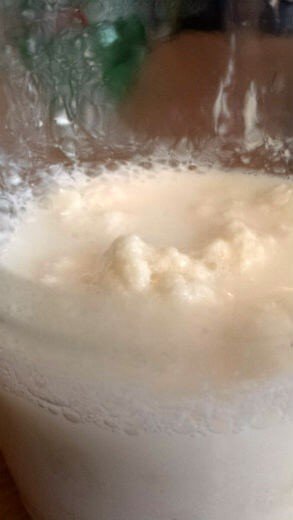
They are not for sale, you have to find someone who will give them to you. But, considering the fact that they grow independently and continuously, this will not be a problem. When someone starts making kefir, he soon has a surplus of kefir grains that he can give to friends or anyone who is interested.
Kefir looks like yogurt, but has a more sour taste, due to the fermentation method and the presence of alcohol (ethanol) and carbon dioxide. If you want to experience all the advantages and benefits of this medicinal drink, do not consume industrially produced, because it is not possible to use real kefir grains for its production. Also, industrial kefir is stored in plastic packaging, which is not recommended.
Legend has it that kefir originated in the Caucasus. The inhabitants of the Caucasus kept the secret of how kefir products were kept for centuries, before the news of the miraculous drink began to spread. Legends and stories about kefir found their way to the Moscow Institute of Stomach and Intestinal Diseases, where doctors recognized its value and application in treating patients.
Proven and unproven medicinal properties of kefir:
- strengthening immunity
- cholesterol regulation
- detoxification of the body
- regulation of blood pressure
- stomach diseases - gastritis, etc.
- calms the intestines, supports better digestion
- liver diseases - fatty liver, cirrhosis
- kidney and bile diseases
- kefir mushroom is a natural antibiotic
- respiratory diseases
- insomnia, stress and anxiety
- anemia and poor circulation
- against candida and other fungi and bacteria
- helps with allergies
- slows down the development of malignant diseases
How to make homemade kefir? You need it FULL OF FAT unprocessed milk: cow's, sheep's, goat's - only if you have to, use pasteurized (long-term), but you should avoid it.
Remark: it is not recommended to use metal objects (spoons, teaspoons, lids for jars...), as well as plastic containers (bottles, bowls, jars...). Also, it is recommended to throw away the first two or three rounds of kefir, because the drink is usually too strong and very acidic.
In a glass jar of full-fat unprocessed milk, put one spoon full of kefir grains for a milder kefir (if you want a stronger one, put two spoons), close the jar with gauze or a paper napkin and leave it at room temperature (out of direct light) to stand for 24 hours (min 12 hours). The room temperature should be higher than 20 C degrees. If the jar sits for more than 24 hours, it is called secondary fermentation. Cow's milk, when fermented into kefir, becomes thick and has a recognizable sour taste. After 24 hours of standing, kefir is ready. The grains are filtered through a wooden or plastic strainer. Then the kefir grains are washed with water and placed in a new amount of milk in a jar.
If you don't use the grains, put them in a jar with milk (the grains just soak in the milk) in the refrigerator, and they can stay that way for up to seven days. Some say that the grains can even be frozen, so when they are thawed they need a couple of days until they "work", but we have not tried that.
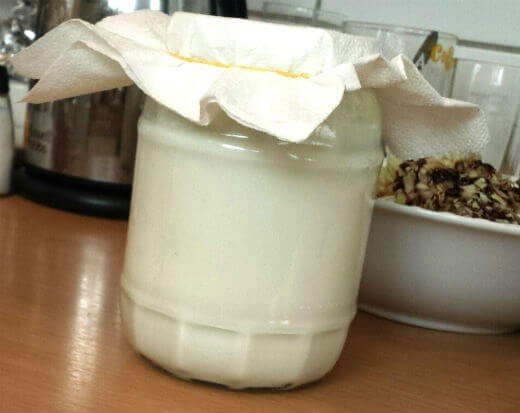
If you want to stop the secondary fermentation (occurring from 24 hours to 48 hours after placing the grains), put the jars with the strained kefir in the refrigerator, so the fermentation slows down in the cold.
Secondary fermentation is good for diabetics and lactose-intolerant people, because microorganisms process the last remains of milk sugar (lactose) into lactic acid and carbon dioxide. This kind of kefir contains up to 2% alcohol, vitamins B1, B6, B9, folic acid, etc.
When you start consuming kefir, you may experience mild side effects in the digestive system, but for most, they disappear after a few days.
Previously published: 08.05.2018.
READ: WHERE CAN I BUY THE BOOK TRADITIONAL RECIPES OF HOME SERBIAN CUISINE?
Read more:
The Recipes and Kuvar online portal is ranked among the TOP 50 websites in Serbia!
Don't miss a recipe - Recipes and cookbook online on Facebook. Stay tuned, follow the Recipes and Cookbook twitter notifications!
